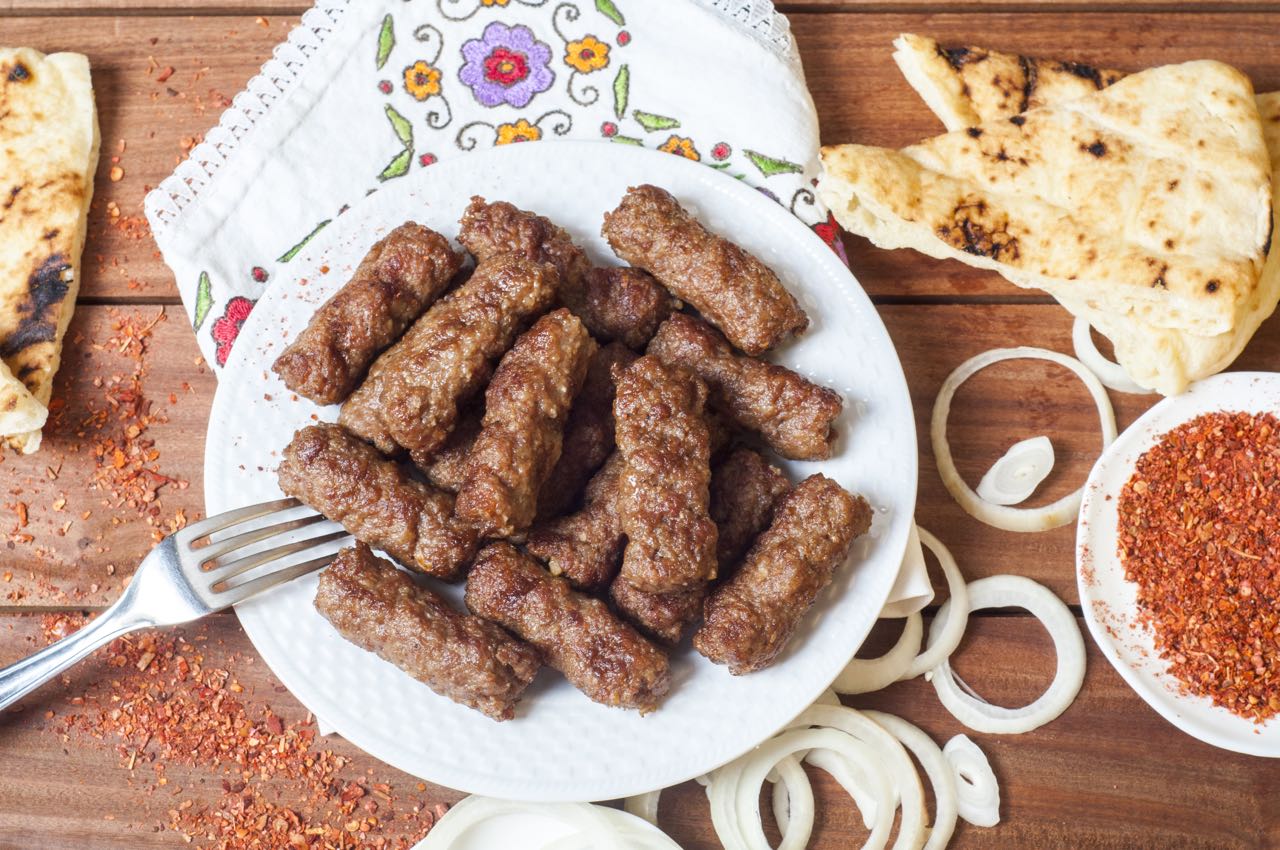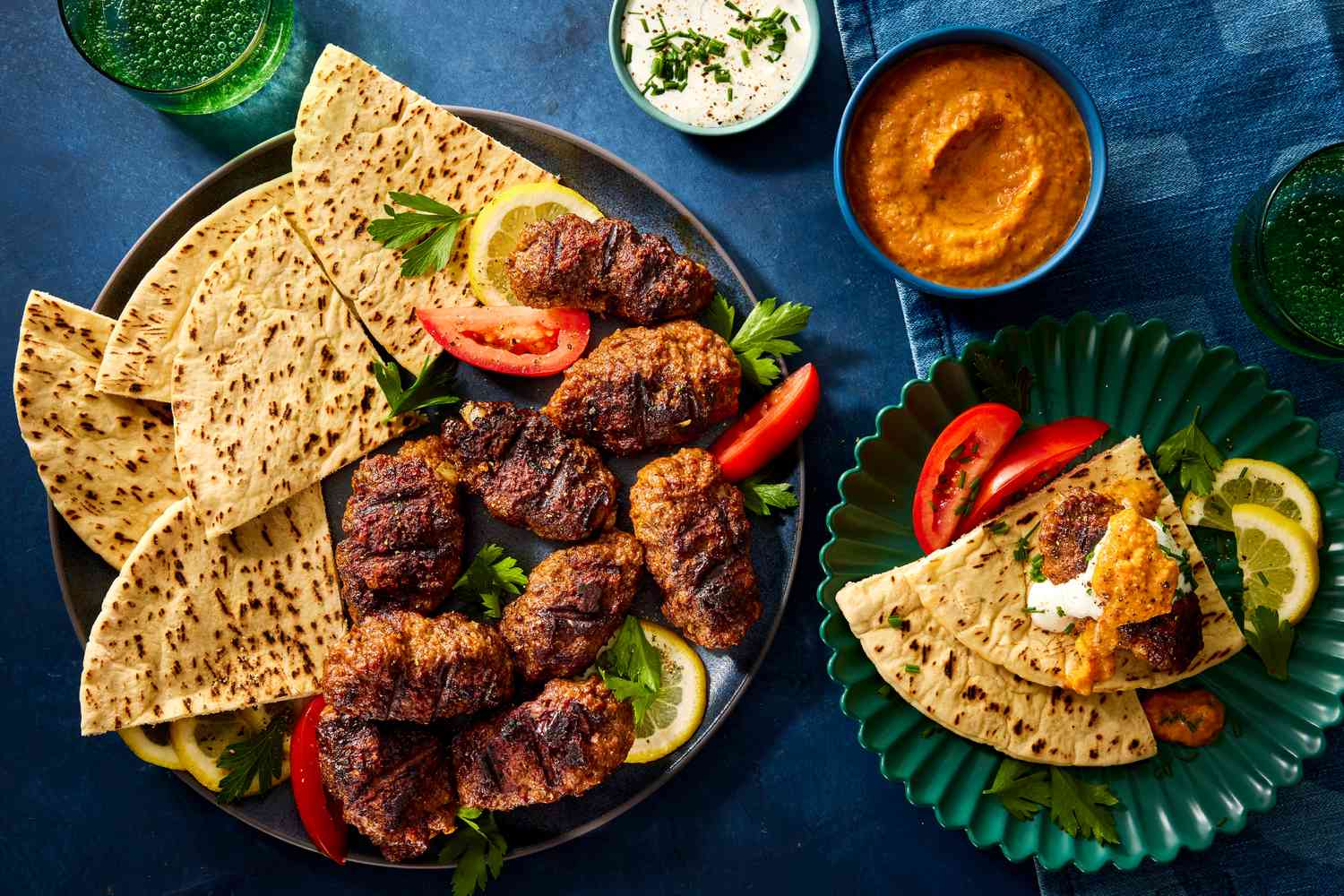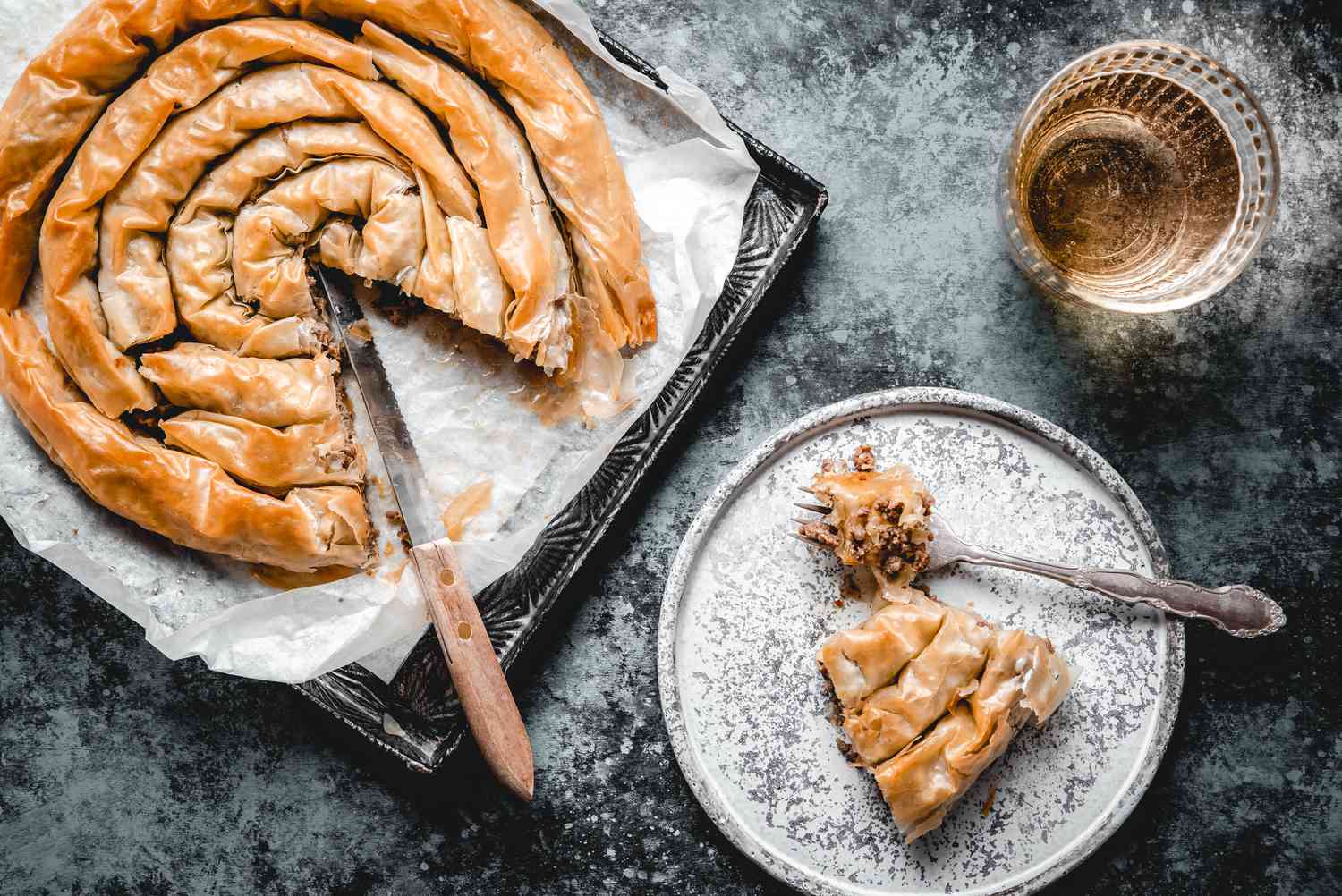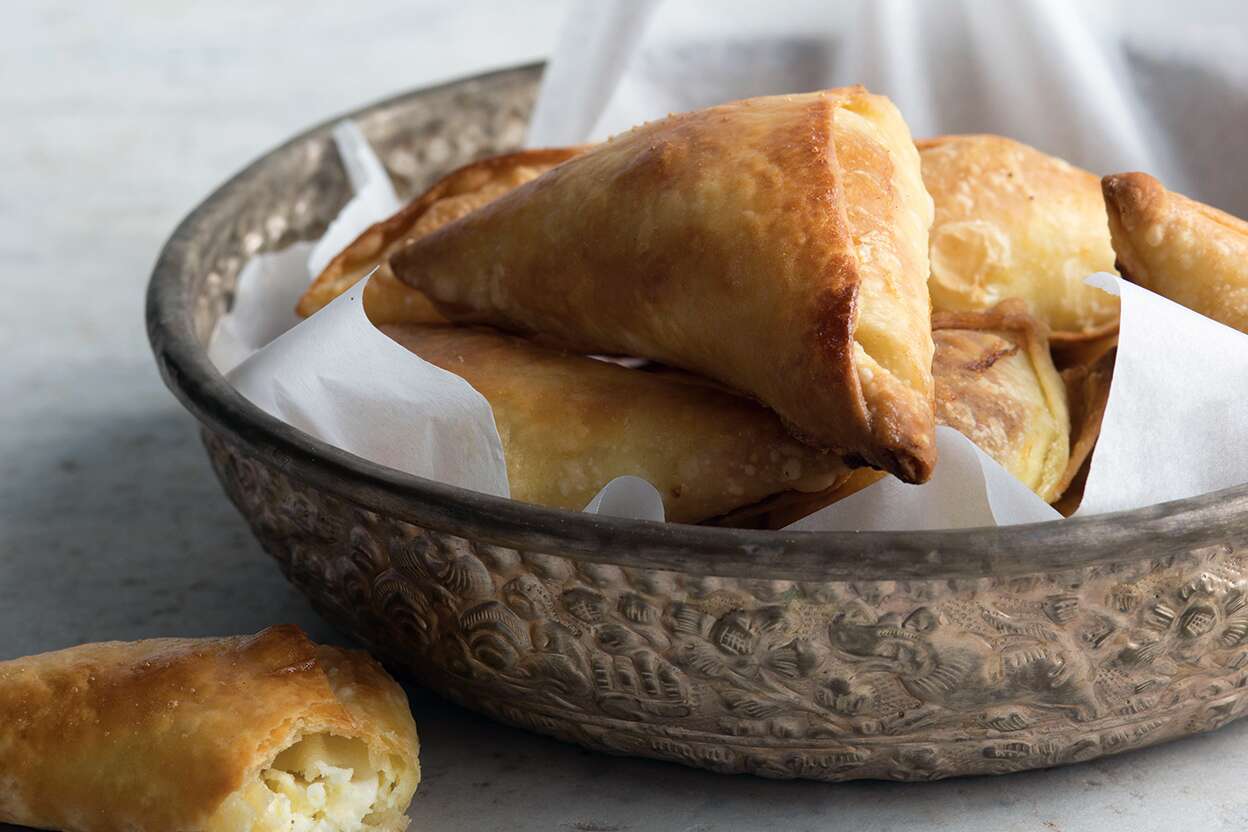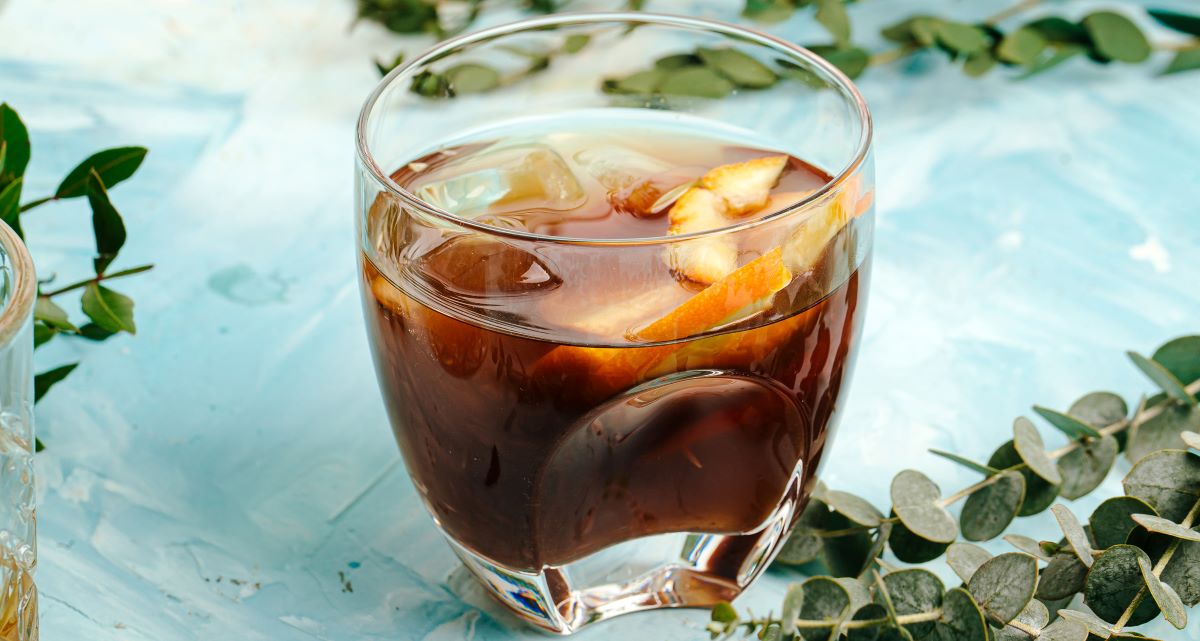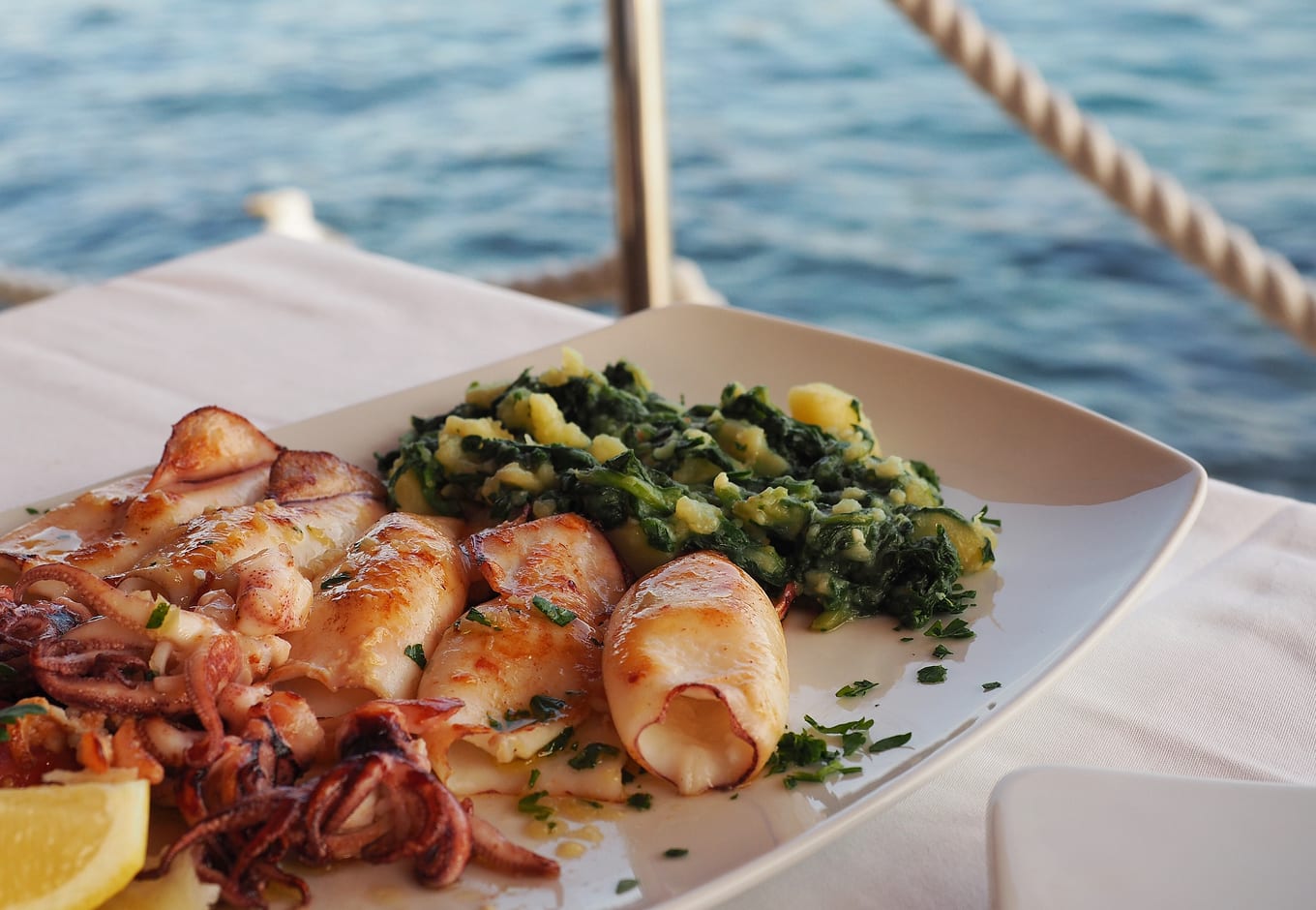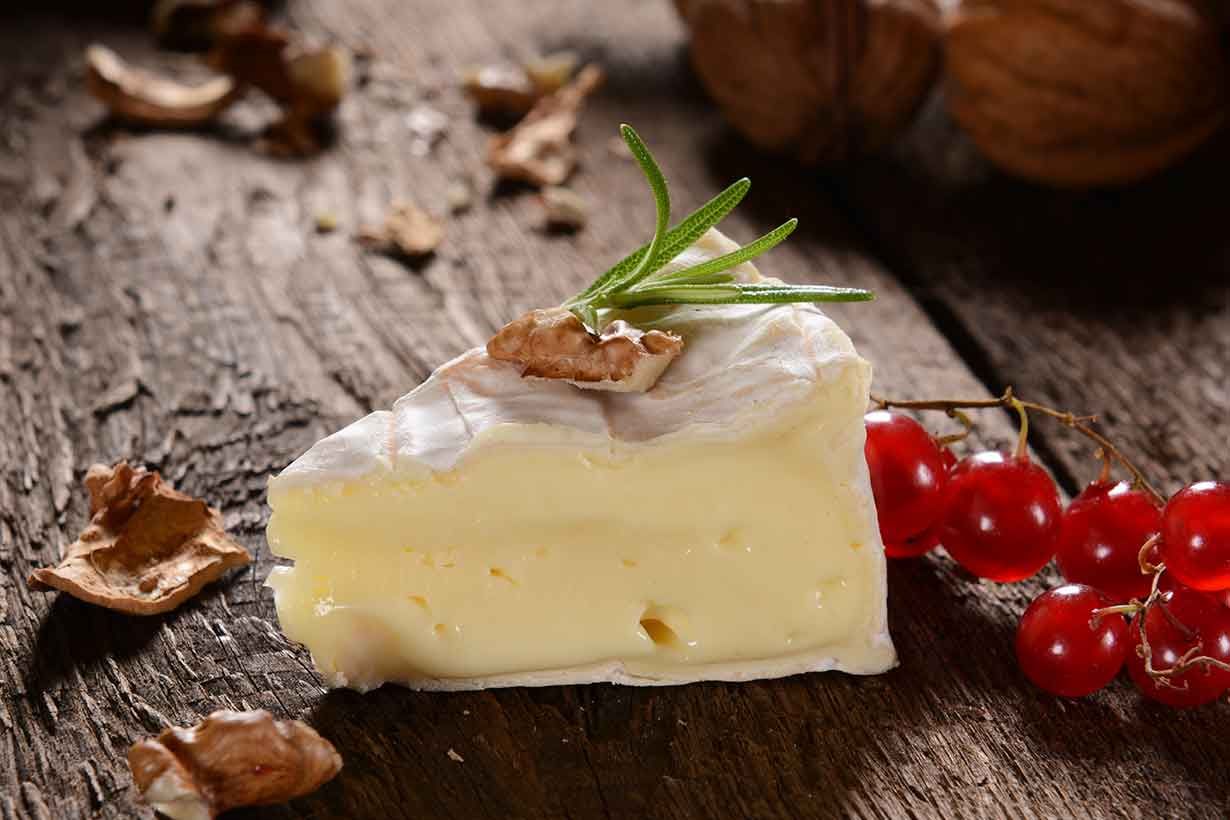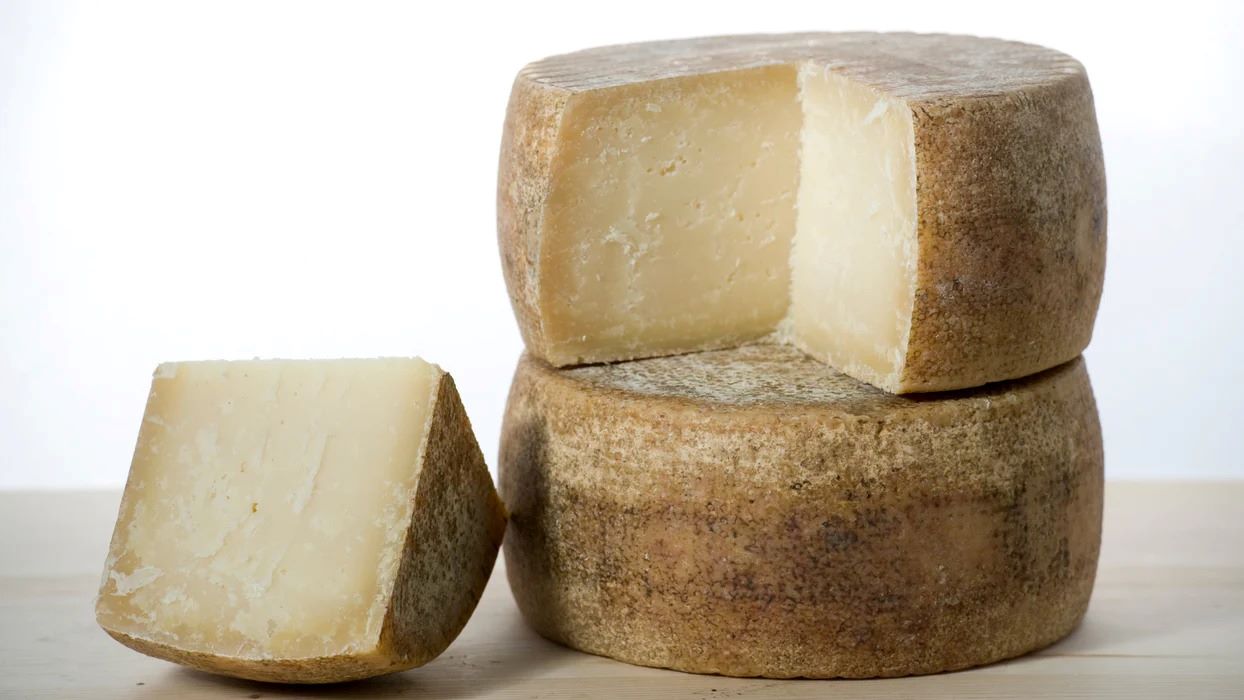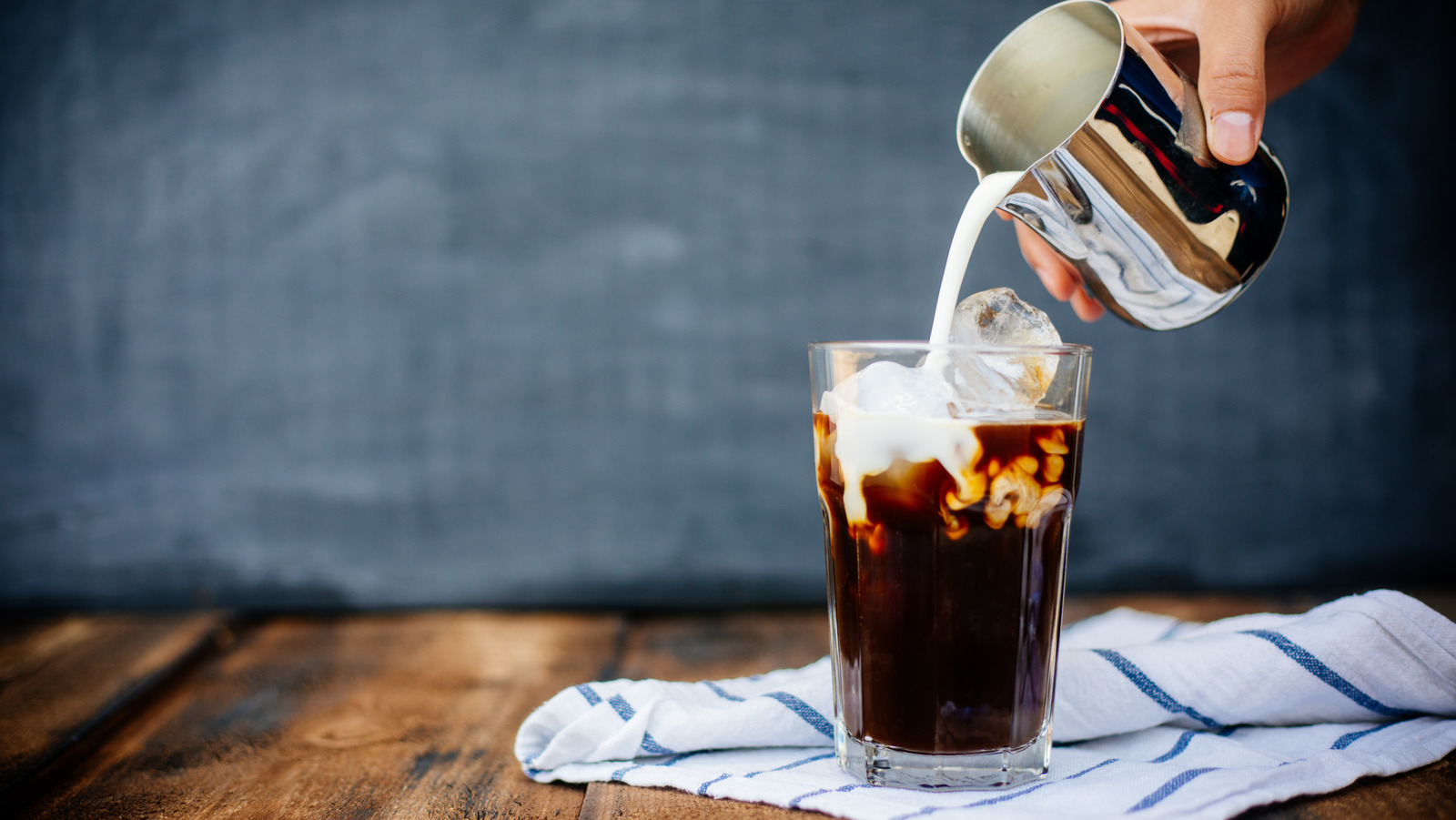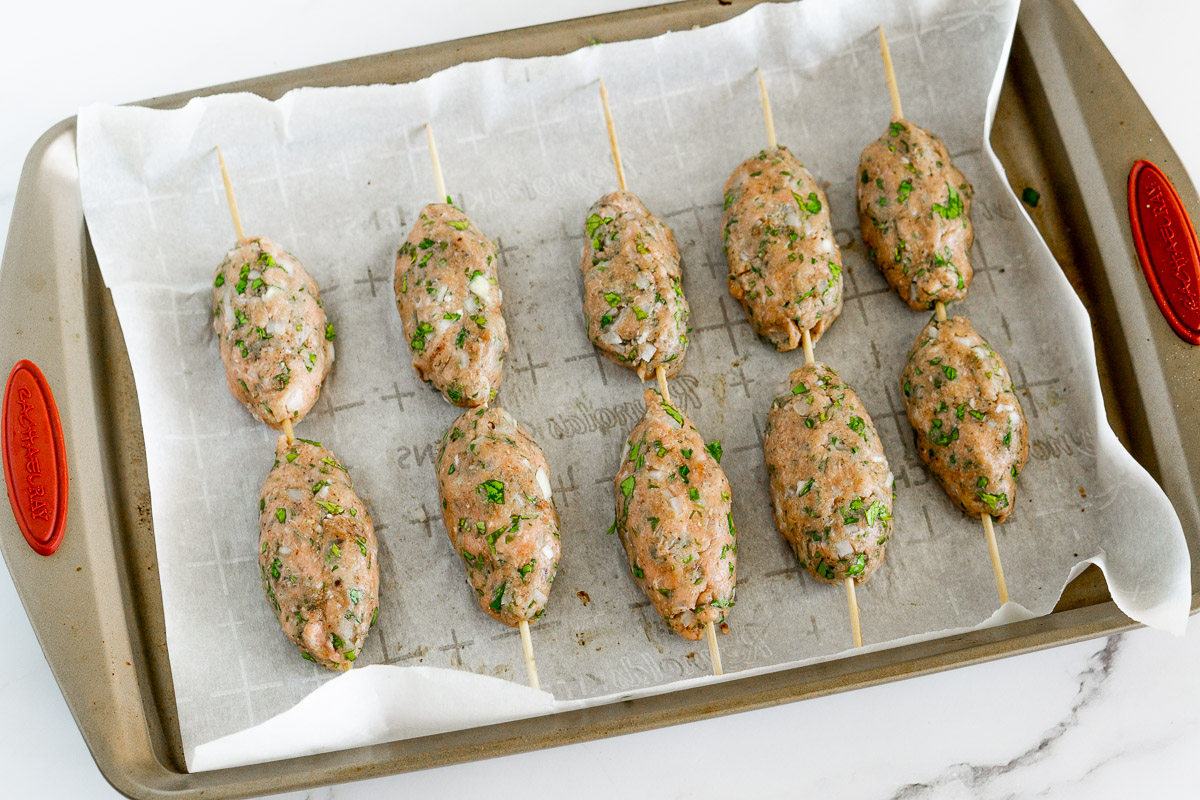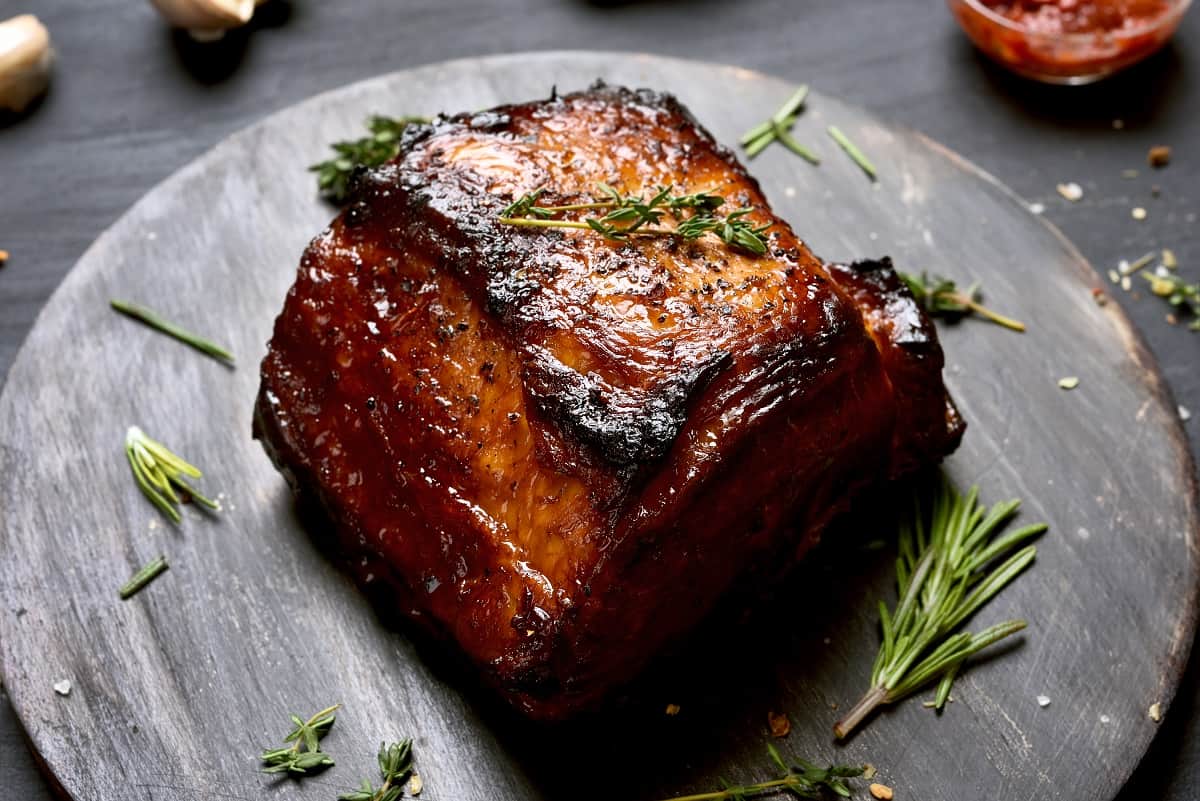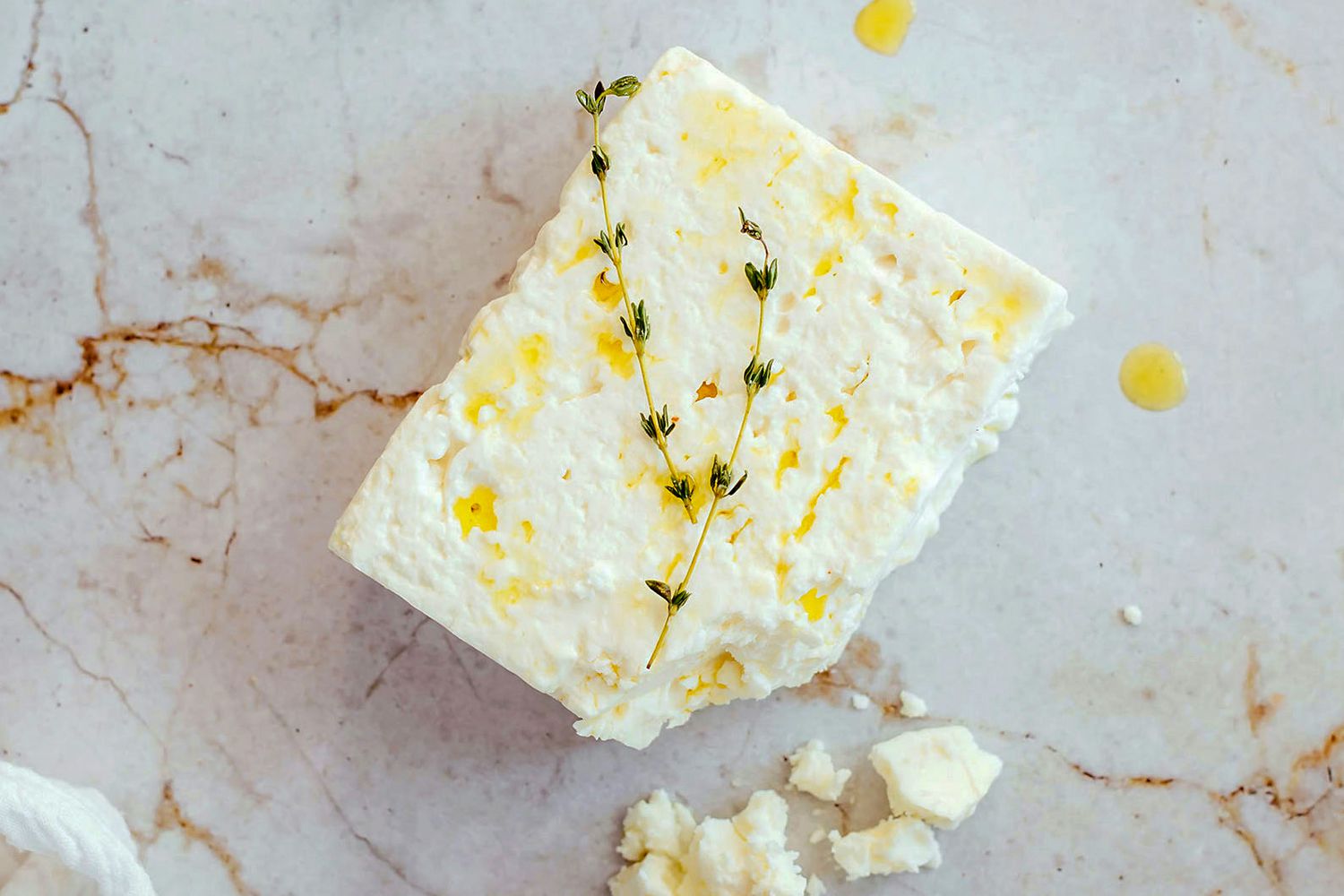Traditional Balkan cheese making is a fascinating blend of history, culture, and craftsmanship. This region, known for its diverse landscapes and rich culinary heritage, offers a variety of unique cheeses. From the salty Feta of Greece to the creamy Kajmak of Serbia, each cheese tells a story. These methods have been passed down through generations, often involving simple, natural ingredients and time-honored techniques. Whether aged in mountain caves or crafted in small village dairies, Balkan cheeses provide a taste of tradition. Join us as we explore the secrets behind these delicious, time-tested creations.
Gathering Your Ingredients for Traditional Balkan Cheese Making
Ingredients for Traditional Balkan Cheese Making
-
Fresh Milk
- 1 gallon (preferably raw or unpasteurized)
-
Rennet
- 1/4 teaspoon (liquid or tablet form)
-
Cheese Culture
- 1/4 teaspoon (mesophilic or thermophilic, depending on the type of cheese)
-
Salt
- 1 tablespoon (non-iodized, cheese salt preferred)
-
Water
- 1/4 cup (chlorine-free, for dissolving rennet)
-
Calcium Chloride
- 1/4 teaspoon (optional, helps with curd formation in pasteurized milk)
-
Cheesecloth
- For draining and forming the cheese
-
Thermometer
- To monitor milk temperature
-
Large Pot
- Stainless steel, for heating milk
-
Cheese Mold
- For shaping the cheese
-
Colander
- For draining whey
-
Large Spoon or Ladle
- For stirring and scooping curds
-
Cheese Press
- Optional, for pressing certain types of cheese
-
Cutting Board and Knife
- For cutting curds
Essential Tools for Cheese Making
Tools Needed for Traditional Balkan Cheese Making
-
Large Pot
- Used for heating milk. Stainless steel works best.
-
Thermometer
- Ensures milk reaches the correct temperature.
-
Cheesecloth
- Strains curds from whey. Fine weave is ideal.
-
Colander
- Supports cheesecloth during straining.
-
Cheese Mold
- Shapes the cheese. Plastic or metal molds are common.
-
Press
- Applies pressure to remove excess whey. Can be homemade or purchased.
-
Rennet
- Coagulates milk. Available in liquid or tablet form.
-
Calcium Chloride
- Helps milk coagulate. Especially useful for pasteurized milk.
-
Salt
- Adds flavor and preserves cheese.
-
Large Spoon or Ladle
- Stirs milk and curds. Wooden or stainless steel preferred.
-
Cutting Board and Knife
- Cuts curds into cubes. Sharp knife needed.
-
pH Strips
- Measures acidity levels. Ensures proper fermentation.
-
Aging Container
- Stores cheese during aging. Must be breathable.
-
Cheese Wax
- Coats cheese for aging. Prevents mold growth.
-
Cheese Brush
- Applies wax evenly. Natural bristles work well.
-
Cheese Mat
- Drains whey during aging. Plastic or bamboo mats are common.
-
Timer
- Tracks heating and resting times. Digital or analog works.
-
Measuring Cups and Spoons
- Measures ingredients accurately. Essential for consistency.
-
Sanitizer
- Cleans tools and surfaces. Prevents contamination.
Traditional Balkan cheese making embraces time-honored techniques, using raw milk for rich flavors. Artisans curdle milk gently, then press and age cheese in specific conditions for unique regional tastes.
The Importance of Traditional Balkan Cheese Making
Traditional Balkan cheese making preserves cultural heritage and culinary traditions. Passed down through generations, these methods maintain the unique flavors and textures of regional cheeses. Using local ingredients and time-honored techniques, artisans create products that reflect their environment and history, fostering a deep connection to their roots and community.
Step-by-Step Guide to Traditional Balkan Cheese Making
Exploring Traditional Balkan Cheese Making Methods
-
Gather Ingredients and Equipment
- Fresh Milk: Use raw cow, sheep, or goat milk.
- Rennet: Natural enzyme for curdling milk.
- Salt: For flavor and preservation.
- Cheesecloth: For draining whey.
- Large Pot: To heat milk.
- Thermometer: To monitor temperature.
- Cheese Mold: To shape cheese.
- Cheese Press: To remove excess whey.
-
Heat the Milk
- Pour fresh milk into a large pot.
- Heat milk slowly to 86°F (30°C).
- Stir occasionally to prevent scorching.
-
Add Rennet
- Dilute rennet in cool, non-chlorinated water.
- Add diluted rennet to warm milk.
- Stir gently for 1 minute.
- Let milk sit undisturbed for 30-60 minutes until it forms a gel-like consistency.
-
Cut the Curd
- Check for a clean break in the curd.
- Cut curd into 1/2-inch cubes using a long knife.
- Let curds rest for 5 minutes to firm up.
-
Cook the Curds
- Slowly heat curds to 105°F (40°C), stirring gently.
- Maintain temperature for 30 minutes.
- Stir occasionally to prevent curds from matting.
-
Drain the Whey
- Line a colander with cheesecloth.
- Pour curds and whey into the colander.
- Allow whey to drain for 15 minutes.
-
Salt the Curds
- Transfer curds to a bowl.
- Sprinkle with salt and mix gently.
- Let curds sit for 10 minutes to absorb salt.
-
Mold the Cheese
- Place salted curds into a cheese mold.
- Press curds firmly to remove excess whey.
- Use a cheese press if available.
- Leave cheese in the mold for 12 hours.
-
Age the Cheese
- Remove cheese from the mold.
- Place cheese on a rack in a cool, humid environment.
- Turn cheese daily to ensure even aging.
- Age cheese for 1-6 months depending on desired flavor.
-
Enjoy Your Cheese
- Once aged, your cheese is ready to eat.
- Store in a cool place or refrigerate.
- Enjoy the rich, traditional flavors of Balkan cheese.
The Heart of Balkan Cheese
Traditional Balkan cheese making is a rich and time-honored craft. From the mountainous regions of Serbia to the coastal areas of Croatia, each locale offers its own unique flavors and techniques. Using simple ingredients like milk, salt, and natural cultures, these cheeses are crafted with care and patience. The process often involves hand-milking, natural fermentation, and aging in specific conditions to achieve the distinctive taste and texture.
By preserving these methods, we not only honor the past but also ensure that future generations can enjoy these delicious cheeses. So next time you savor a slice of Balkan cheese, remember the centuries of tradition and skill that went into making it. Enjoy the flavors and stories embedded in each bite.
Common Questions About Traditional Balkan Cheese Making
What are the main types of Balkan cheeses?
The Balkans boast a variety of cheeses like Feta, Kashkaval, Sirene, and Kajmak. Each has its own unique flavor and texture, often influenced by the region's climate and local traditions.
How is Feta cheese traditionally made?
Feta is typically made from sheep's milk or a mix of sheep and goat's milk. The milk is curdled using rennet, then the curds are cut, drained, and pressed into molds. After that, it's salted and aged in brine for several weeks to develop its tangy flavor.
What makes Kashkaval different from other cheeses?
Kashkaval is a semi-hard cheese made from sheep's, cow's, or goat's milk. It's known for its yellow color and slightly nutty taste. The cheese is aged for a few months, which gives it a firm texture that's perfect for grating or slicing.
Can you explain the process of making Sirene?
Sirene is a white brined cheese, similar to Feta, but usually made from cow's milk. The milk is heated, curdled, and then the curds are cut and drained. After pressing, the cheese is soaked in brine, which gives it a salty, tangy flavor.
What is Kajmak and how is it made?
Kajmak is a creamy dairy product made from the milk's top layer, similar to clotted cream. Fresh milk is boiled, then cooled, and the cream that rises to the top is skimmed off and fermented slightly. It's rich, buttery, and often used as a spread or topping.
Are there any special tools needed for traditional Balkan cheese making?
Traditional methods often use simple tools like cheese molds, cheesecloth, and wooden vats. Some cheeses might require specific aging conditions, so a cool, humid environment is essential for proper maturation.
